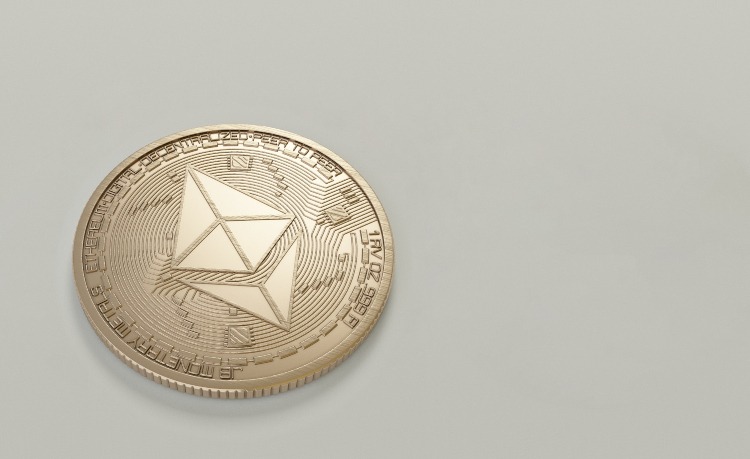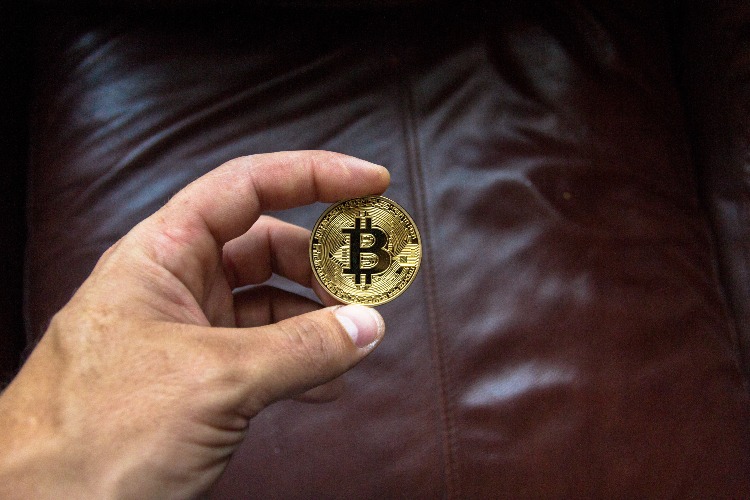Cryptocurrency as it relates to the environment has been a hot-button issue for years. And now that this tired old narrative is drying up since more and more Bitcoin mining is being done using renewable energy – solar, wind. Even El Salvador is using volcanoes to mine Bitcoin. Well, apparently, it’s time to target the next victim: non-fungible tokens.
So, now you’re wondering if those generative profile pictures of cute dogs and cats minted on the blockchain are really bad for the environment? You also might be experiencing more pricks of conscience because of your intention to start your own NFT project, which might preclude achieving success in such a lucrative area. So, it’s about time you found out more from today’s post provided courtesy of Rapid Essay, a custom writing company that specializes in a variety of topics.

The Root of the Problem
With the NFT boom in recent months, the difficulty of mining Ethereum, as well as gas fees, has skyrocketed. And this puts a lot of pressure on the Ethereum ecosystem, which means more resources, including electricity, are needed to approve transactions and so on. At first sight, this is a big problem society needs to address to avoid the approaching ecological catastrophe in the near future. That being said, it’s necessary to take a closer look at this problem to actually see that it’s an Ethereum network problem rather than the NFTs. To be more specific, it’s an Ethereum proof-of-work problem, which is apparently changing to proof-of-stake any time now.

Possible Solutions
For now, if you’re using a layer 2 solution like Polygon, you can basically avoid gas fees and unnecessary energy usage almost entirely. Ethereum scalability is a longstanding issue, but the idea is that once Ethereum 2.0 kicks in, and the consensus mechanism moves to proof-of-stake, which is a fraction of energy, this problem will be more or less resolved. What’s more, it should be noted that NFTs don’t only exist on Ethereum. There are other networks out there that could be used for NFTs: Solana, Binance Smart Chain, Polygon, Hive, and a bunch of other blockchains that don’t use nearly as much energy as Ethereum needs because of the change in the consensus mechanism. So, Ethereum’s efficiency could improve dramatically with the introduction of proof-of-stake.
Let’s keep it real, NFTs are not to blame for the state of the planet. That honor goes to the institutions and centralized mega corporations not doing enough to curtail the issue of fossil fuels and move towards cleaner forms of energy, which already exist. As the results of the study conducted by Carbon Majors demonstrate, only about 100 companies are responsible for 71% of global emissions. Utilizing large amounts of electricity to secure a network is only one of many mechanisms in existence. Even though some of the most popular NFTs in the world are secured by the alleged ‘wasteful energy’ from proof-of-work, there are NFT projects like Woodies that are actively helping the environment and giving back, planting millions in sub-Saharan Africa. In fact, a lot of NFT projects are giving to charities and improving the world by diverting a portion of their funds to good causes.

This means that NFTs are not inherently harmful to the environment. The harm actually depends on the protocols securing them. It’s not a secret that the most popular protocols have a negligible environmental impact. There are also many projects that are actively giving back to support efforts to improve the environment. Finally, you personally can make use of some alternative networks. Now it’s easier than ever to choose something more environmentally-friendly if you don’t want to be responsible for any harm inflicted by NFTs’ protocols.
WE SAID THIS: Don’t Miss… How Blockchain Technology Can Ensure Digital Security In The Arab World



